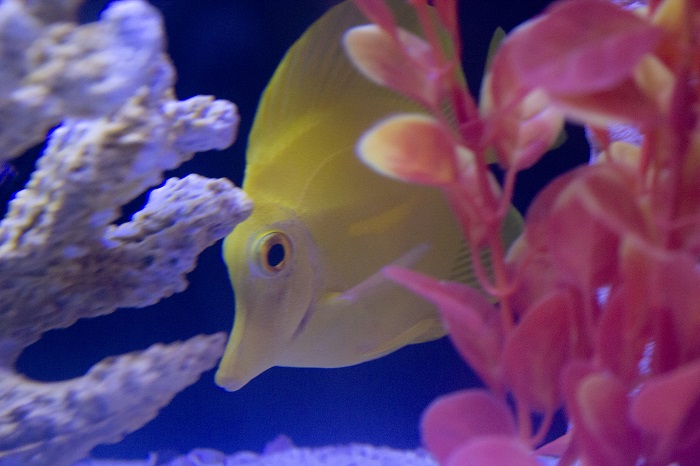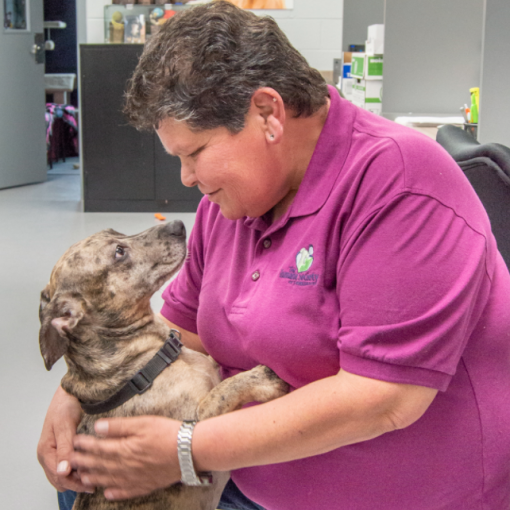The science behind a saltwater tank is a great way to let your children geek out (tech-free) this fall. Guide them to find their inner genius by helping set up a private, underwater world.
Every year, 450,000 kids and adults of all ages marvel at the stunning, natural exhibits showcased at the SC Aquarium in downtown Charleston. If you take a minute to understand the effort behind the beauty, the displays become even more awesome. The stated vision of the SC Aquarium is to “lead the way to connect people with water, wildlife, and wild places” in an educational and inspirational manner. On the surface, it may look at first like just a collection of fish tanks, but behind the scenes is teeming with scientific monitoring, rehabilitation, and discovery.
For the pros at the aquarium, setting up a saltwater tank is a thoughtful process. The recently opened 20,000-gallon Shark Shallows took nearly two years of planning before the creatures were even introduced. Chris Mathews, Life Support and Water Quality Specialist with SC Aquarium, explains that the careful attention paid to creating a natural setting not only benefits the health of the animal but educates visitors about South Carolina’s local wildlife. “An aquarium is not just about the fish,” says Mathews. “We’re actually trying to mimic a natural setting and the cycles that appear in nature.”
A saltwater tank must imitate multiple biogeochemical and ecological cycles to survive. The specifics of these processes cover the spectrum of science. What happens to fish feces? Why should I have plants in my tank? Will my fish have babies? Why does my tank need oxygen? Achieving and maintaining the right balance requires the young aquarist to have a quizzical mind and act as part chemist, part biologist, part ecologist. Mathews suggests you also consider animal enrichment—even fish benefit from a break in routine. Can someone say “fish tricks”?
Likely, your mini Cousteau is not going to set up a shark shallows in your living room. Even still, some lessons can be learned from the experts downtown. When considering the type of animals you want to keep, think about developing a local ecosystem with native wildlife. Be sure of the amount of space you will have for the tank and the filtration system, and be prepared to regulate all those cycles!
When you’re ready, Tideline Aquatics in Hanahan can help you set up your own little piece of salt life. Store Manager Shawn Edgin suggests this starter set for the burgeoning enthusiast:
- 30-gallon tank: Large enough to support a stable ecosystem and small enough to stay affordable
- Canister filter: Simple hose-in, hose-out filter with a built-in pump combined with chemical, biological, and mechanical media
- Glass top: To keep jumping fish species in the tank
- Standard lighting: LED or fluorescent options
- Sturdy stand: One gallon of water weighs 8.5 pounds
- Substrate: An aragonite substrate (sand or gravel) buffers the pH and stabilizes the alkalinity
- Desired decoration: The store will have suggestions for those appropriate for saltwater
- Marine aquarium salt: Add to local tap water after treating with a water conditioner
- Hydrometer: Measures salt level
- Aquarium Heater: To stabilize temperature
- Damselfish: Hardy and cheap, they make great starter fish
- Test kit: Monitor water quality
- Lab coat: Just for effect
So if you’re ready, expert advice is available all around town to help get your family back to nature with a window into an underwater world.





